'Cannibal' coronal mass ejection from 'dark plasma plume' will slam into Earth tomorrow (Aug. 18) - Livescience.com
8/17/22 at 10:38pm

The sun's activity has been ramping as it approaches its 11 year peak
Viewed by
You are the first to view
How astronomers photographed the Milky Way's central black hole - BBC Sky at Night Magazine
8/17/22 at 10:38pm

The story of how 8 telescopes came together to capture the shadow of Sagittarius A*.
Viewed by
You are the first to view
See the moon hop over Uranus tomorrow - Space.com
8/17/22 at 10:38pm
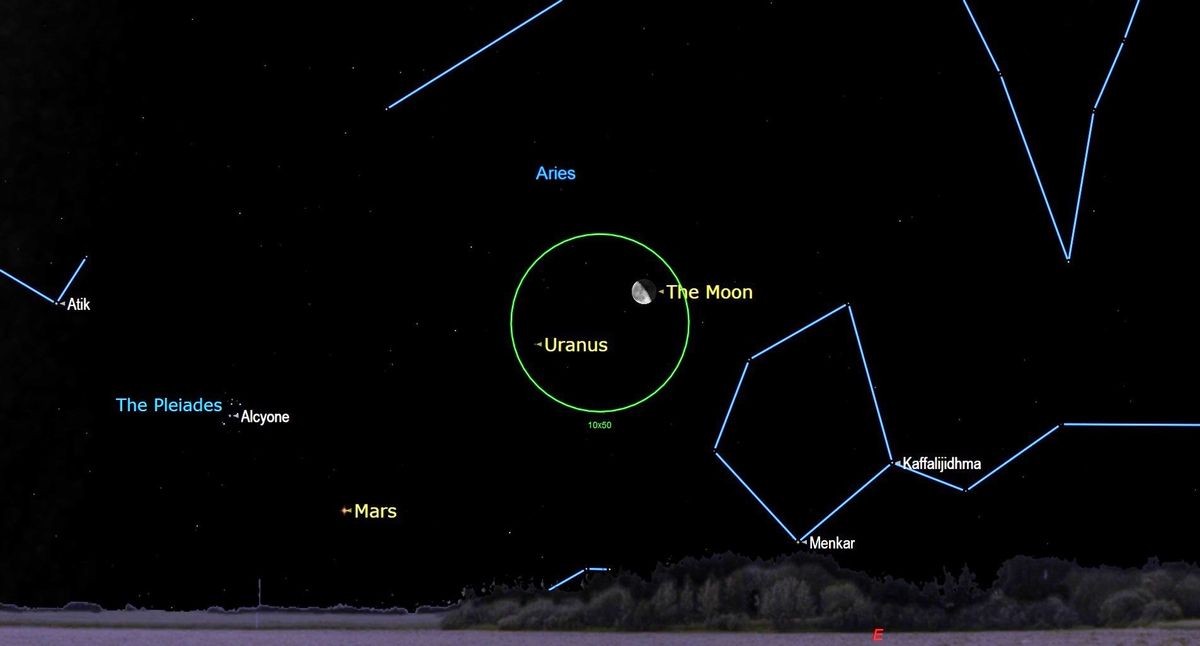
The lunar occultation will be visible in the afternoon with a pair of binoculars.
Viewed by
You are the first to view
Geological Carbon Sequestration in Mantle Rocks Prevents Large Earthquakes in Parts of the San Andreas Fault - Newswise
8/17/22 at 10:38pm

Now, researchers say ubiquitous evidence for ongoing geological carbon sequestration in mantle rocks in the creeping sections of the SAF is one underlying cause
Viewed by
You are the first to view
Scientists plan to use colliding black holes to measure how fast universe is expanding - The Indian Express
8/17/22 at 1:25pm
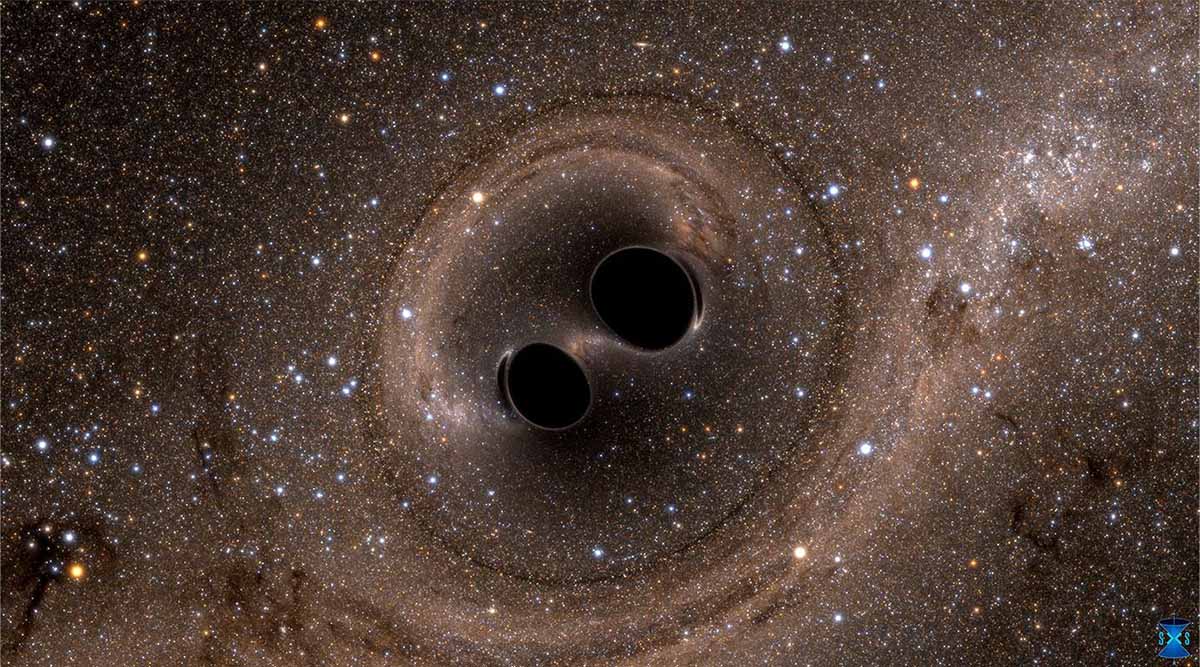
Astrophysicists have developed a method for using pairs of colliding black holes to measure how fast the universe is expanding and with it, how the universe evolved and where it is going
Viewed by
You are the first to view
Mars model provides method for landing humans on Red Planet - Phys.org
8/17/22 at 8:48am

A mathematical model developed by space medicine experts from The Australian National University (ANU) could be used to predict whether an astronaut can safely travel to Mars and fulfil their mission duties upon stepping foot on the Red Planet.
Viewed by
You are the first to view
NASA's Lucy team discovers moon around asteroid Polymele - Phys.org
8/17/22 at 8:48am

Even before its launch, NASA's Lucy mission was already on track to break records by visiting more asteroids than any previous mission. Now, after a surprise result from a long-running observation campaign, the mission can add one more asteroid to the list.
Viewed by
You are the first to view
To understand chaos theory, play a game of Plinko - Big Think
8/17/22 at 8:48am

The game of Plinko perfectly illustrates chaos theory. Even with indistinguishable initial conditions, the outcome is always uncertain.
Viewed by
You are the first to view
Jupiter Trojan asteroid Polymele has a satellite of its own, NASA's Lucy mission team finds - Devdiscourse
8/17/22 at 8:48am
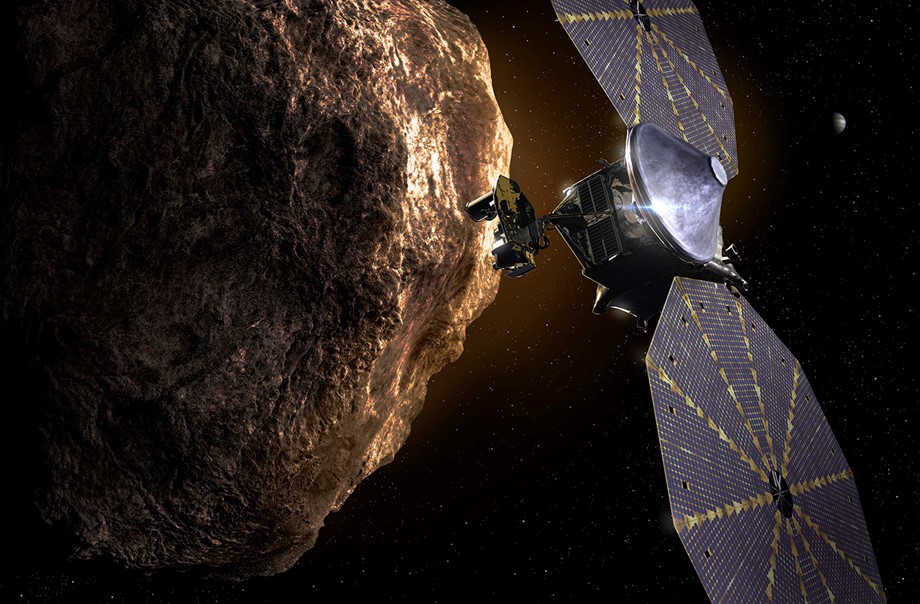
Read more about Jupiter Trojan asteroid Polymele has a satellite of its own, NASA's Lucy mission team finds on Devdiscourse
Viewed by
You are the first to view
New Study Reveals Time When Sun Will Die - Headline8
8/17/22 at 8:48am

GAIA spacecraft study states that the Sun is likely in its middle age at present.
Viewed by
You are the first to view
What will happen to Earth if Sun dies? European Space Agency predicts when it will happen - DNA India
8/17/22 at 8:47am
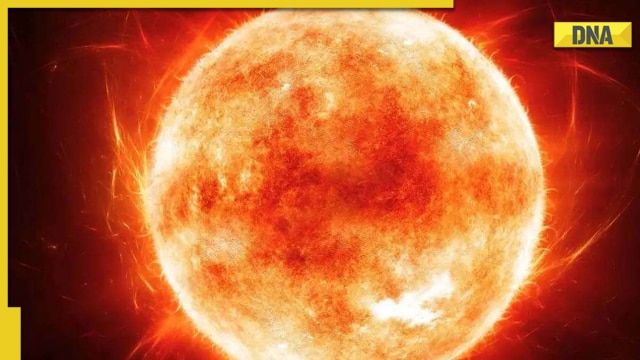
The European Space Agency has predicted when the Sun will die and it can lead to some catastrophic repercussions for planet Earth.
Viewed by
You are the first to view
Steamy Nights | StarDate Online - Stardate.org
8/17/22 at 8:48am
The middle of summer may not be the best time for a steaming pot of tea, but that’s just what the night sky offers. The brightest stars of Sagittarius, which is in the south at nightfall, form the outline of a teapot. And the hazy Milky Way seems to form puff…
Viewed by
You are the first to view
Worrying! Giant solar storm scheduled to strike Earth tomorrow just got Scarier - HT Tech
8/17/22 at 8:48am
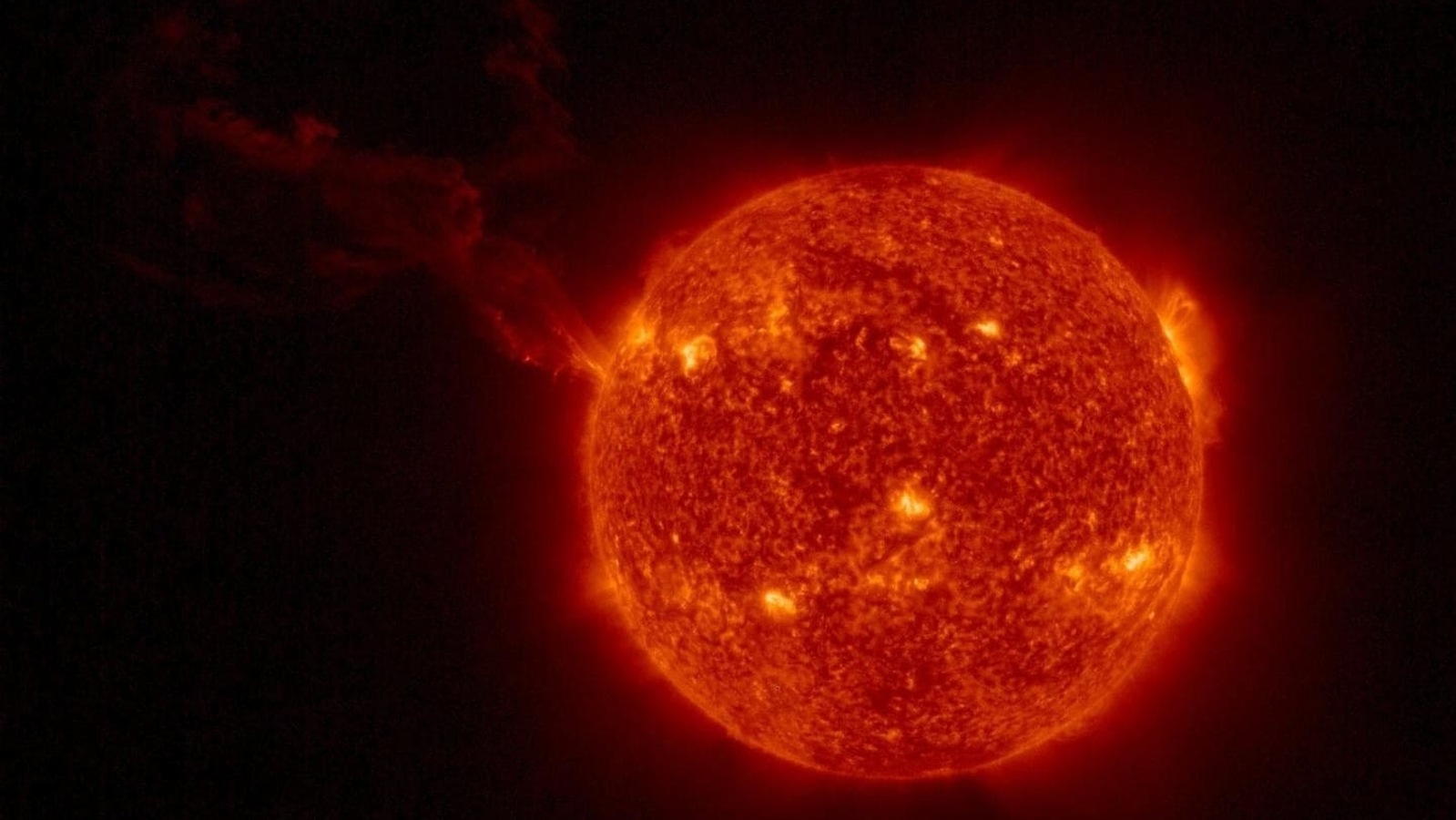
NOAA forecasters have upgraded the strength of the solar storm which was scheduled to hit the Earth tomorrow, August 18. Earlier, it was categorized as a G2 class storm but after looking at the data, a G3 class solar storm is feared. Know the damage it can de…
Viewed by
You are the first to view
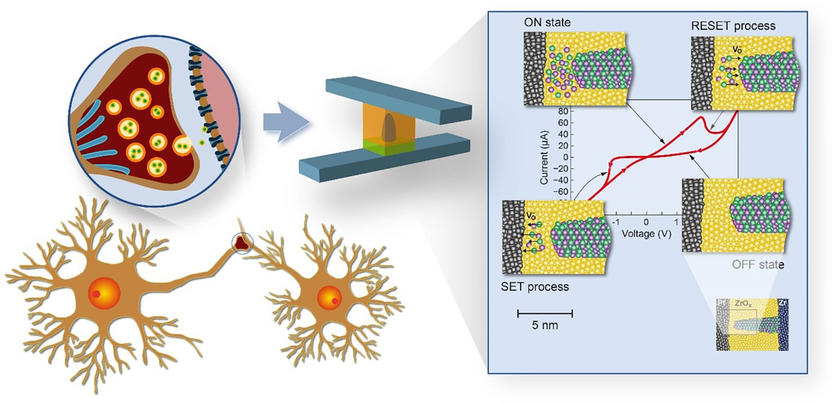
They are many times faster than flash memory and require significantly less energy: memristive memory cells could revolutionize the energy efficiency of neuromorphic computers. In these computers, ...
Viewed by
You are the first to view
The world’s biggest ice sheet is more vulnerable to global warming than scientists previously thought - EastMojo
8/17/22 at 8:48am

The eastern two thirds of Antarctica is covered by an ice sheet so large that if it melted the sea would rise by 52 metres. Most scientists had once
Viewed by
You are the first to view
Fish "chock-full" of antifreeze protein found in iceberg habitats off Greenland - Newswise
8/17/22 at 8:48am

New research based on an expedition to the icy waters off Greenland reveals soaring levels of antifreeze proteins in a species of tiny snailfish, underlying the
Viewed by
You are the first to view
Quantum Entanglement for Nodes Successful in Testing—Future Quantum Internet Ventures? - Tech Times
8/17/22 at 8:48am
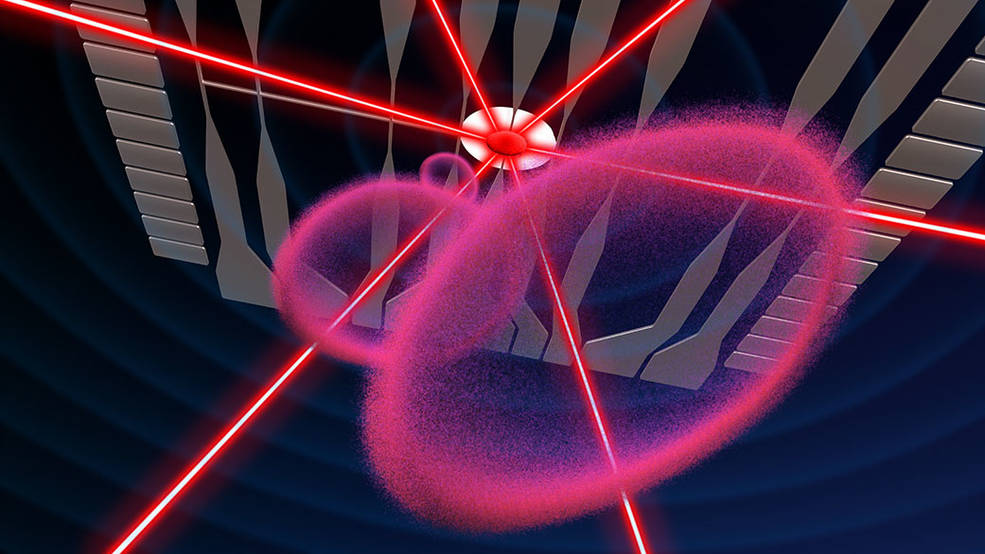
It paves the way for future applications to help in the use of quantum nodes.
Viewed by
You are the first to view
A research team invents new method to accelerate materials discoveries through rapid clustering and color coding of large X-ray data sets to reveal previously hidden structural changes that occur as temperature increases or decreases.
Viewed by
You are the first to view
Through the looking glass: the strange atomic structure of glassy materials - ANSTO
8/17/22 at 8:48am

Although glass has been used throughout history, its atomic structure was not proposed until the 20th century. Yet, a few mysteries remain even today.
Viewed by
You are the first to view
NASA to roll out giant US moon rocket for debut launch - SABC News
8/17/22 at 8:48am

NASA's gigantic Space Launch System moon rocket, topped with an uncrewed astronaut capsule, is set to begin an hours-long crawl to its launchpad Tuesday night ahead of the behemoth's debut test flight later this month.
Viewed by
You are the first to view
Scientists studying a COVID-19 coronavirus enzyme at temperatures ranging from frosty to human-body warm discovered subtle structural shifts that offer clues about how the enzyme works. The findings may inspire the design of new drugs to counteract COVID-19 -…
Viewed by
You are the first to view
Wobbling droplets in space confirm late professor's theory - EurekAlert
8/17/22 at 8:48am

At a time when astronomers around the world are reveling in new views of the distant cosmos, an experiment on the International Space Station has given Cornell researchers fresh insight into something a little closer to home: water.
Viewed by
You are the first to view
An international research team, including atmospheric chemists from the University of Pennsylvania, used computational chemistry to identify a novel pathway for how sulfur particles can arise high in the atmosphere of the second planet from the sun
Viewed by
You are the first to view
Black hole collisions could help us measure how fast the universe is expanding - EurekAlert
8/17/22 at 8:48am

In a new study, two University of Chicago astrophysicists laid out a method for how to use pairs of colliding black holes to measure how fast our universe is expanding—and thus understand how the universe evolved, what it is made out of, and where it’s going.
Viewed by
You are the first to view
Scientists are turning data into sound to listen to the whispers of the universe (and more) - Swinburne University of Technology
8/17/22 at 8:48am
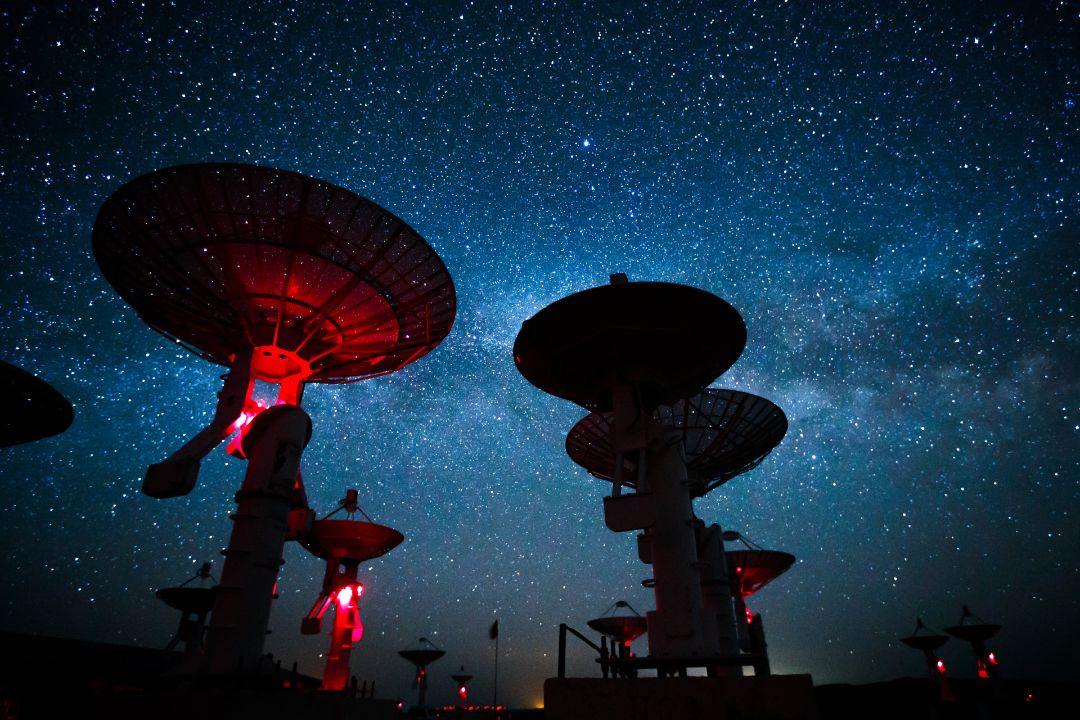
In a Nature Astronomy paper, Swinburne's Jeffrey Cooke and his colleagues discuss the current state of data sonification in astronomy and other fields.
Viewed by
You are the first to view